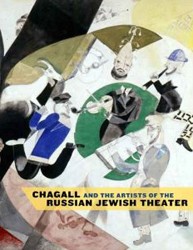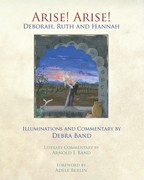To know the Jewish Diaspora, it is vital to explore the Jews on its outer edges, like the last of the Bukhari Jews of Azerbaijan, who arrived after the fall of the First Temple, or the Benei Menashe of India, who believe they were among the 10 Lost Tribes that wandered out of Israel. The paths these far-flung communities traveled and how they managed to remain connected to their Jewish heritage sheds light on how the customs, beliefs, and traditions of larger, more mainstream Jewish communities evolved.
The beautiful and vibrant coffee table book, Scattered Among the Nations: Photographs and Stories of the World’s Most Isolated Jewish Communities, is a good place to start. Its vivid pictures and descriptions bring these and other remote Jewish communities to life and take readers to areas not normally associated with the Jewish experience such as Mbale, Uganda; Sefwi Wiawso, Ghana; and Lima, Peru. It shows how the members of these communities struggles to maintain Jewish life and the challenges they face. leaving questions about whether some of the communities featured in the book will survive to the next generation.
The book covers 16 remote communities in five continents. Most are active and vital groupings of people clinging to their heritage — with the exception of the deeply secluded Jewish population of of Ourika Valley, Morocco, which consists of just one person. Once a real community of 300 families, the Jews of Ourika Valley joined the Moroccan wave of immigration to Israel in the 1960s. Eventually, only three Jews were left. With the deaths of his wife and mother, only Hananiyah Elfassie remained to guard the tomb of the local tzaddikwho died 500 years ago.
Perhaps one of the strongest lessons it shows is how Jewish communities have always been influenced by the ways of the people in their host countries. Indeed, no matter how large a Jewish community is outside of Israel, it is still a minority culture, just like the small communities featured in the book.
As a coffee table book, Scattered Among the Nations is loaded with outstanding photographs of all the communities and their surroundings. A reader can open the book anywhere at random and find something new and interesting on just about every page. The differences in dress and overall appearance between people from different parts of the world is stark. The different ways they relate to Jewish tradition and how they keep it going is often fascinating.
Ultimately, the book is uplifting because it shows the Jewish spirit at its finest, like with the “secret Jews” in Belmonte, Portugal who hid their faith from the time of the Inquisition, and recently began to return to open practice. While knowledge about Jewish tradition, and particularly Jewish laws and customs, have deteriorated substantially in some communities, the commitment to the Jewish people remains solid.
Scattered Among the Nations is a fine addition to any Jewish bookshelf or coffee table. Its attractive presentation captures a reader’s attention and the remarkable stories of the people it features provide a rewarding reading experience.
Related Content:





